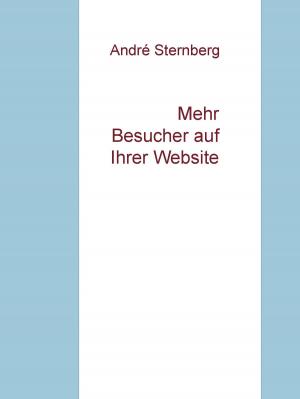WebSphere MQ Security
Tales of Scowling Wolves among Unglamorous Sheep
Nonfiction, Science & Nature, Technology| Author: | Johannes Böhm-Mäder | ISBN: | 9783842387867 |
| Publisher: | Books on Demand | Publication: | January 3, 2012 |
| Imprint: | Language: | English |
| Author: | Johannes Böhm-Mäder |
| ISBN: | 9783842387867 |
| Publisher: | Books on Demand |
| Publication: | January 3, 2012 |
| Imprint: | |
| Language: | English |
From the early nineties, when IBM MQ Series first hit the market, during many years no one in the MQ universe really bothered too much about security. MQ seemed secure by being a simple peer to peer messaging protocol that is uncommon and unknown. As time went by, IBM packed more and more features into the product. More and more customers used MQ until it eventually became to a quasi-standard for reliable messaging. But only in the past few years awareness was raised that MQ security is vital since the product has evolved to a very powerful and dynamic platform for remote interaction. Yet, MQ’s dynamic power is hidden under the hood. It is so easy to install a queue manager and not much more of a challenge to set up a simple MQ network. When we get to securing our MQ network however, we find the task to be surprisingly complex and multi-layered. Even though IBM’s documentation of MQ overall may be classified above average at least – some important details regarding MQ security are incomplete or even misleading. For MQ, common security measures such as SSL are somewhat peculiar to implement and some properties of typical roles are interchanged. In our freshman days we learned that security always is as strong as its weakest link and hence a little inadvertence may render the whole network insecure. So regarding security it’s vital to make a good job.
From the early nineties, when IBM MQ Series first hit the market, during many years no one in the MQ universe really bothered too much about security. MQ seemed secure by being a simple peer to peer messaging protocol that is uncommon and unknown. As time went by, IBM packed more and more features into the product. More and more customers used MQ until it eventually became to a quasi-standard for reliable messaging. But only in the past few years awareness was raised that MQ security is vital since the product has evolved to a very powerful and dynamic platform for remote interaction. Yet, MQ’s dynamic power is hidden under the hood. It is so easy to install a queue manager and not much more of a challenge to set up a simple MQ network. When we get to securing our MQ network however, we find the task to be surprisingly complex and multi-layered. Even though IBM’s documentation of MQ overall may be classified above average at least – some important details regarding MQ security are incomplete or even misleading. For MQ, common security measures such as SSL are somewhat peculiar to implement and some properties of typical roles are interchanged. In our freshman days we learned that security always is as strong as its weakest link and hence a little inadvertence may render the whole network insecure. So regarding security it’s vital to make a good job.















